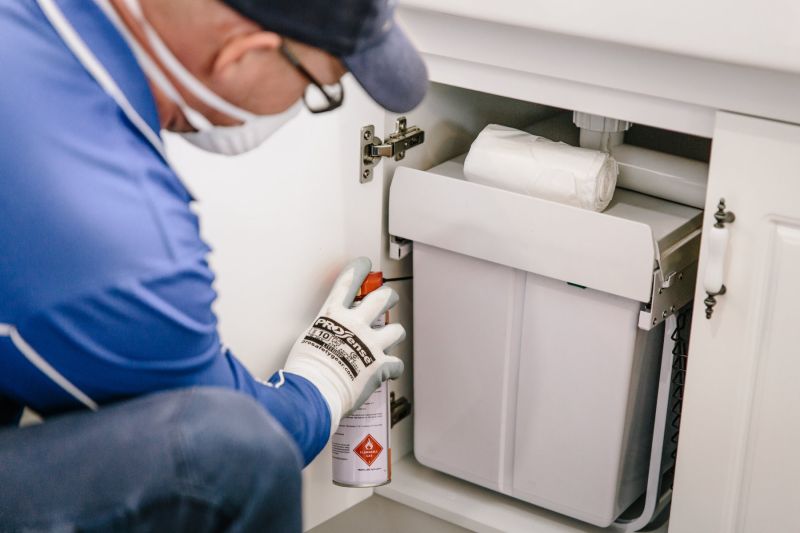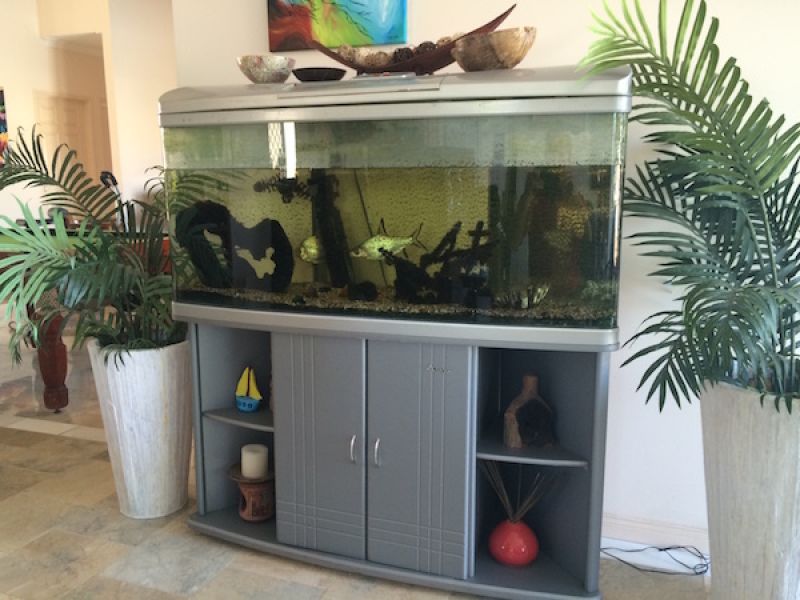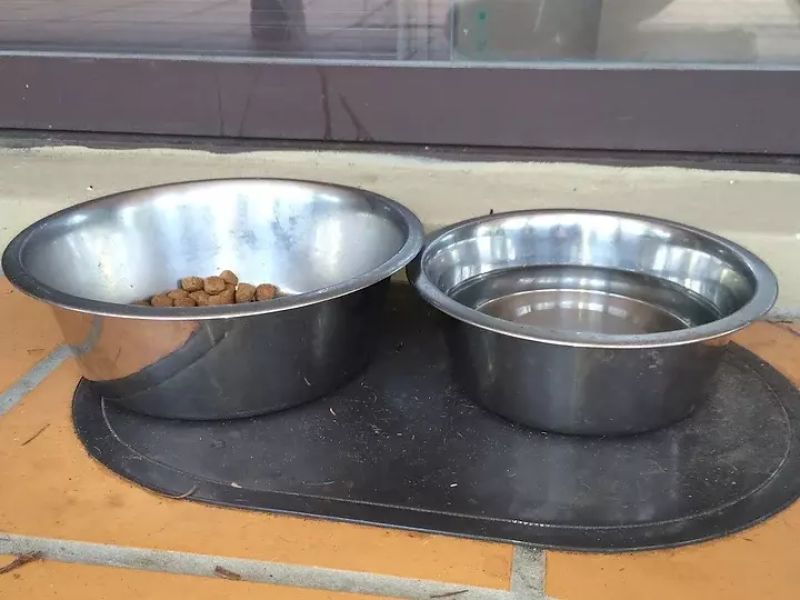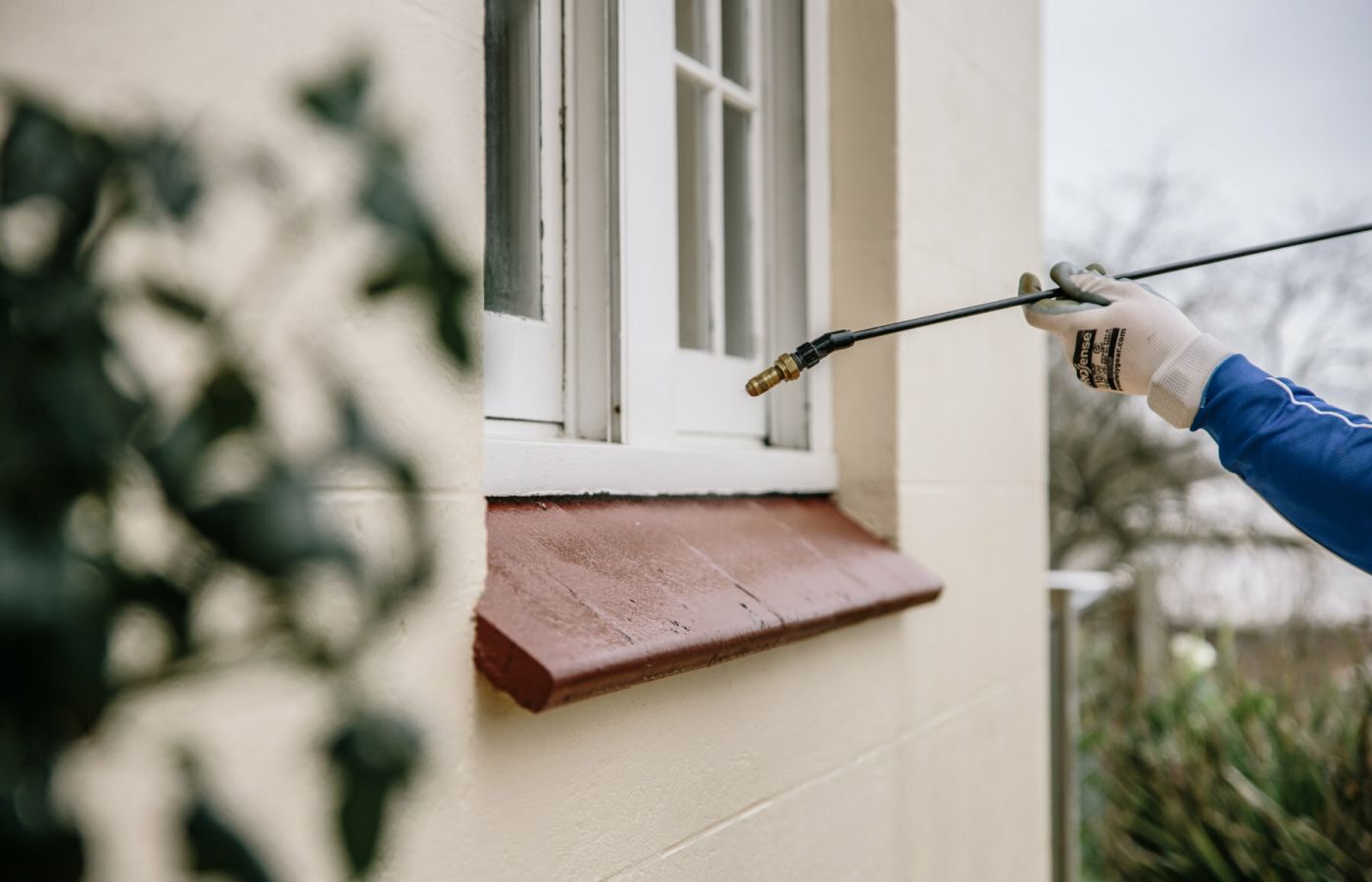
Whilst we like to think we’re pretty good at our job, effective pest control can only be achieved when we work together with our customers.
We have put together some important information to help you prepare for our visit and understand the treatment process.
Preparing Your Property
Before our team arrives, there are a few simple steps you can take to ensure the best results:
Pack Up!
- Clear clutter from affected areas both indoors and outdoors. If surface areas aren’t accessible due to items blocking the way, then our technicians cannot spray them.
- Remove any objects or obstacles that may interfere with the treatment or cause tripping hazards. This includes toys, clothing, and other items lying around.
- Ensure there are no clothes or items hanging on the clothesline.
Cover Up!
- Items that come into direct contact with skin, such as pillows, soap, toothbrushes, etc., should be stored away.
- Safely store all uncovered food items, including fruits, vegetables, and pet food, in airtight containers or the refrigerator.
- Clear away utensils and appliances. Cups, glasses, and cutlery used to drink and eat should be stored away. This includes pets’ food and water bowls.
Clean Up!
- Clean and tidy all affected areas. Pest control applications should be applied to clean areas and be allowed to remain for some time afterwards. This helps to eliminate any existing pest attractants and allows for better treatment coverage.
- Clean up after your pets. Ensure all areas are clear of pet faeces.
By following these steps, you are helping our technicians provide a thorough treatment and maximising the effectiveness of the GIT.

Safety
We understand that the safety and well-being of your family and pets are a top priority. Rest assured that our products have a great safety profile for mammals, including cats and dogs. However, it's important to take some precautions:
Pesticide Labels are Law
Every pesticide requires that people and pets avoid treated surfaces until dry. This rule is specified on the labels of all pesticides. As licensed pest managers, we are mandated to adhere to these labels to ensure the safety of our customers, their families, and their pets.
Vacating your Property
Your technician will ask you to vacate the property whilst the GIT is being performed inside. Allowing 1.5-2 hours gives us plenty of time to get in and out and allows the product sufficient drying time before you return. Following the instructions on pesticide labels, it is safe to return to the treated area once the treatment has dried.
Pets
- We kindly request that you remove, restrain, or confine your furry, feathery, or scaley friends to a separate area during our pest treatment. This precaution prevents accidental contact and allows our technicians to carry out their work safely and efficiently, aligning with the requirements outlined on pesticide labels. Your pets' well-being is important to us; taking this extra step ensures a secure environment for everyone involved.
- If you have any aquatic pets, such as fish or crustaceans, please cover their tanks or ponds and inform our technicians of their location before the treatment. While our products are safe for mammals, they can have an impact on aquatic life.
- Some Oriental or purebred cats can be sensitive to pyrethroids, a group of pesticides. If your cat falls into this category, please let us know. We have alternative products available that may be more suitable for your furry companion.

Understanding the Treatment
Our General Insect Spray is designed to target a wide range of common insect pests and spiders. Our eco-friendly products are carefully selected to minimise potential risks to you, your family, and the environment.
During treatment, our technicians will apply a fine mist of the insecticide to areas where pests are likely to hide or enter your property. Indoors, this includes ceilings, skirting boards, door and window frames, walls, and other potential entry points. Outdoors, it includes areas such as eaves, paths, clotheslines, fence lines, garden borders, letterboxes, outdoor furniture, pergolas, and wheelie bins.
The more surfaces we can treat at your property, the more chances the pest will encounter a treated area. Please take this factor into consideration when requesting an "Inside Only" or "Outside Only" spray, as your treatment will not be as effective.
Limitations of the Treatment
While our GIT is highly effective, it's important to note its limitations. Here are a few key points to keep in mind.
Residual Effect
After the initial flush-out and knockdown effect, our GIT leaves a residual barrier on treated surfaces. Once a pest encounters a treated surface, it will become affected and die. It may take some time for the product to take effect on larger insects and spiders. It may also take some time for any flying insects to settle on a treated surface and become affected.
Reinfestation
External factors such as neighbouring properties or new pest introductions can lead to re-infestation. Continuous monitoring and regular maintenance are necessary to prevent future pest problems. This is especially important to remember in the case of flying insects, such as flies and mosquitoes. It is possible that insects will enter your home from outside (eg. in washing, through open windows/doors etc.).
Hygiene and Housekeeping
The ongoing effectiveness of your GIT depends on you implementing hygiene, housekeeping, and property maintenance procedures. Maintaining a clean and hygienic environment is a crucial and proactive measure to reduce pest attractants and potential breeding grounds. Simple steps like proper waste disposal, regular cleaning, and sealing entry points make a significant difference.
Specific Pests
Please note that our GIT is a preventative maintenance treatment for common household insects and spiders. If you have a specific pest issue, such as termites, fleas, ants, bed bugs, etc., we offer additional, specialised treatments to address those concerns.
Pest Control vs. Elimination
The role of a pest manager is to reduce the number of pests in your home or business. As much as we dislike having unwanted pests and bugs inside our homes, we cannot eliminate the environment of all pests.
Webbing vs. Hunting Spiders
Our General Insect Treatment addresses hunting spiders such as Wolf, Huntsman, and Whitetails through specialised techniques. We implement thorough treatments specifically targeting insects and web-building spiders, which are the main food source for these species. If hunting spiders are a concern for you, having both inside, outside, and roof void treatments are essential. Occasional sightings of hunting spiders post-treatment are to be expected.
After the Treatment
After we've been, there are a few important steps to follow to ensure the effectiveness and longevity of the General Insect Treatment:
Watch your Step
Some floors may become slippery, so please be cautious when returning to the treated areas.
Be Vigilant
It's normal to see an increase in insect activity immediately after the treatment. This means that the insects have been affected and will soon die. It may take a week or so for the insect traffic to settle after the treatment.
Wipe down Surfaces
Before using food preparation surfaces, it's advisable to gently wipe them down to remove any residues.
Leave Spider Webs
Leave any existing spider webs for 2-3 weeks after the treatment. This allows the spiders to enter the web and for the treatment to take effect.
Avoid Painting or Renovating
Our GIT treatment will be rendered ineffective by disturbing treated areas, building alterations and painting over treated areas.
Don't wash it off!
Our product is biodegradable, and high-pressure cleaning or using harsh detergents will reduce its effectiveness.
Maintenance
- Generally, we recommend a treatment every 6-12 months. However, certain factors, such as the severity of the infestation and environmental conditions, may require more frequent maintenance treatments. The effectiveness of the treatment can vary due to weather conditions and other environmental factors.
- Please note that our product is biodegradable, and its strength will weaken over time. It breaks down faster outside due to natural elements like wind, rain, sun, and dust. Indoors, areas with steam, moisture, and detergents, such as kitchens and bathrooms, may experience faster biodegradation.
- The return of spider webs and excessive insect activity may indicate the need for further treatment. Our technicians can provide guidance on suitable treatment programs based on your specific situation.
Working together, we can keep your home and businesses pest-free. At Spiderman SE, we’re saving the world, one pest at a time!

